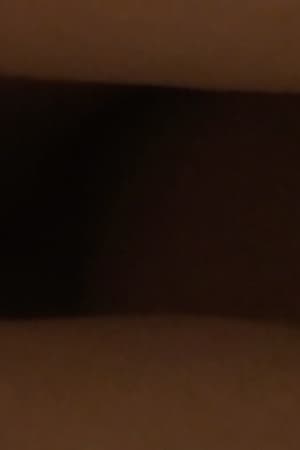Garbage

Garbage
HomePage
Overview
This footage is almost entirely black, save for a few shots possibly showing electric poles outside.
Release Date
1984-01-01
Average
0
Rating:
0.0 startsTagline
Genres
Languages:
Keywords
Similar Movies
 0.0
0.0Casual Workers(en)
An abstract perspective into two young South African workers in the heart of Johannesburg's industrial sector during Covid-19
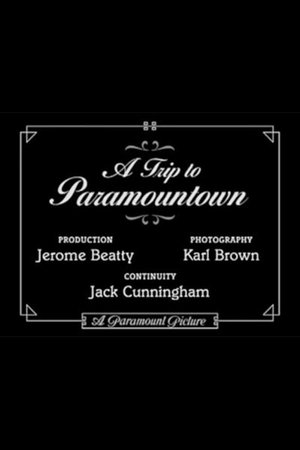 7.3
7.3A Trip to Paramountown(en)
Documentary short film depicting the filmmaking activity at the Paramount Studios in Hollywood, featuring dozens of stars captured candidly and at work.
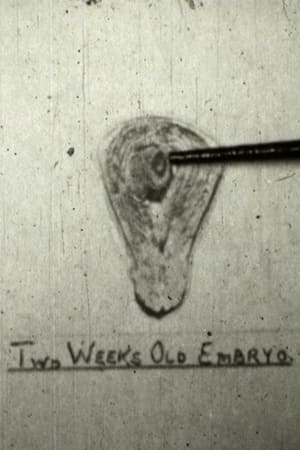 0.0
0.0The Creation Of Life(en)
This silent film from 1948 "The Creation of Life" briefly demonstrates how a fetus forms and graphically shows different types of births. It was made by Sherwood Picture Corp., and may have been sold both to schools and professional organizations for medical education, and to the public for shock value. (Several similar birth films were sold in this era through home catalogs and photography shops.) Summary: By means of diagrams, conceptions and pregnancy are explained. Views of various methods of delivery are shown. Created by: T. Marc Sherwood
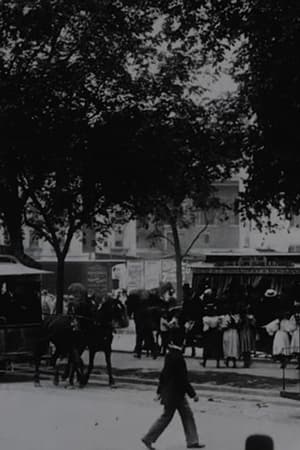 4.0
4.0View on Boulevard, New York City(en)
Taken in 1896 on the Boulevard (upper Broadway) on the occasion of a bicycle parade in the heyday of the wheeling craze. Old-fashioned horse cars lend interest to the scene.
 0.0
0.0Speaking of Abstraction: A Universal Language(en)
At the beginning of the twenty-first century, abstraction - that most quintessentially modernist innovation - maintains a peculiarly contradictory position. Used, on one hand, by post-modernist artists as just one more quotable style amongst many, it is on the other hand still considered an elitist or hermetic language by audiences intimidated by its lack of recognizable subject matter. Yet ultimately, abstraction continues to be a viable creative path for contemporary artists of all generations, many of whom embrace it as the most inclusive and fundamentally resonant of artistic languages. Filmed at the artists' studios, the Dia Center for the Arts, and the Guggenheim Museum during their exhibition, "Abstraction in the Twentieth Century."
 10.0
10.0Silent Witnesses(es)
Mudos testigos is a cinematographic collage made from all the surviving material of Colombian silent films, re-editing the images in such a way as to create a single imaginary film: the impossible love story of Efraín and Alicia that traces the convulsive first half of the twentieth century in Colombia. Compiled by the late Luis Ospina and finished posthumously by Jeronimo Atehortúa.
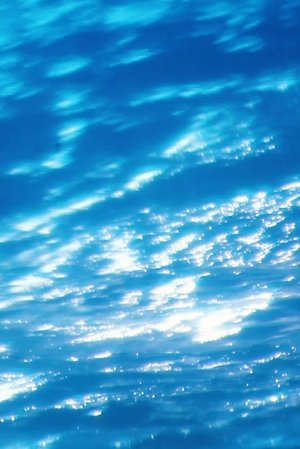 0.0
0.0Shapeless Variations(en)
A condensation of a handful of sunsets with various visual moods. Red and blue as opposites that still find a way to cohere. Concrete silhouettes over an ever-changing, expanding canvas. Every movement is collective, molecular. Over an invisible horizon, a chance presents itself to meditate on the “speed” of water (and the sea) and also for a more fluid kind of editing.
 0.0
0.0Hell Frozen Over(en)
Bernadette Corporation describes this work as "A fashion film about the poetry of Stéphane Mallarmé and the color white." Produced for the 2000 Walker Art Center exhibition Let's Entertain, this short film employs a range of strategies to approach the idea of nothingness, emptiness, and vacuity, with an eye to how these notions relate to contemporary mass-cultural entertainment. Juxtaposing "documentary" takes on a fashion shoot with footage of semiologist Sylvère Lotringer giving an impromptu lecture on Mallarmé on a frozen lake, Hell Frozen Over maintains an ambiguous stance from which to both critique and celebrate the power of surface.
The Beaver(en)
Documentary that details the daily habits of beavers and their interaction with the ecosystem at large. Filmed mostly in Digby County, Nova Scotia.
Symptoms in Schizophrenia(en)
Shows masked mental patients enacting various schizophrenic symptoms as they were understood at the time. A disturbing film that raises questions about the condition and treatment of its subjects. (archive.org) “Abstract: This film describes and demonstrates four types of schizophrenia. Filmed at various New York institutions, it shows patients singly and grouped in large, outside recreational areas. Some patients are blindfolded. Symptoms shown include: social apathy, delusions, hallucinations, hebephrenic reactions, cerea flexibilitas, rigidity, motor stereotypes, posturing, and echopraxia.” (Guide to Mental Health Motion Pictures)
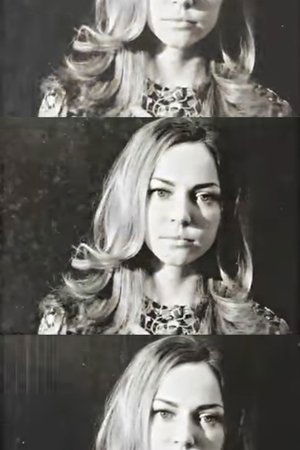 0.0
0.0Screen Test: Jackie(en)
Andy Warhol directs The Factory regular Louisa "Jackie" Foster for a screen test.
 10.0
10.0INFRASTRATA(en)
Amongst the contemplative static shots of decaying architecture weaves an abstract narrative unveiling the life-cycle of a higher perception, too large to perceive. Shot at various sites across south-east England, INFRASTRATA is a study on the concept of super-organisms, and the relationship between structure and nature.
Soviet Tajikistan: International Youth Day(ru)
Events that took place in the capital of the Tajik SSR, the city of Dushanbe in 1929.
 8.0
8.0Soviet Tajikistan: Arrival of the first train in Dushanbe(ru)
On September 11, 1929, the first Termez-Dushanbe train arrived at the newly built station in the Tajik capital. However, not only the train was the first that day - the shots of the arrival of the locomotive, as well as people waiting for it with excitement, became the basis of the first Tajik film.
 0.0
0.0My Blood Flows Like Acid(en)
An abstract, surreal and experimental anthology consisting of five sequences exploring the themes of identity, the nature of existence and the human condition. Part I tells the story of a postapocalyptic world where a Man feeds the ocean his blood in order for the water to continue moving, Part II is an abstract interrogation of several concepts including love and loneliness - Part III sees several ordinary people interviewed and asked various existential questions, and Part IV and V further expand upon the surreal filmic techniques present in Part II, whilst continuing the delve into existentialism.
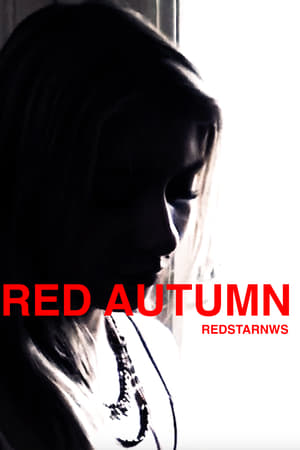 10.0
10.0Red Autumn(de)
A Experimental Docu-Drama about the Red Army Faction's formation, and events leading up to their imprisonment and death, from 1970 to 1977.


